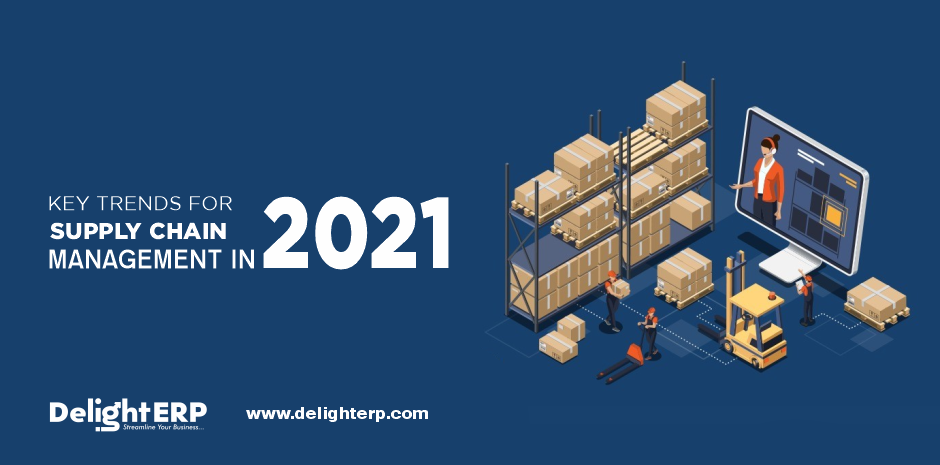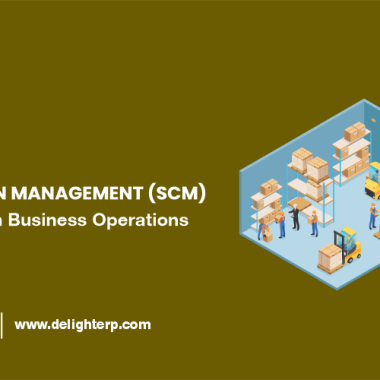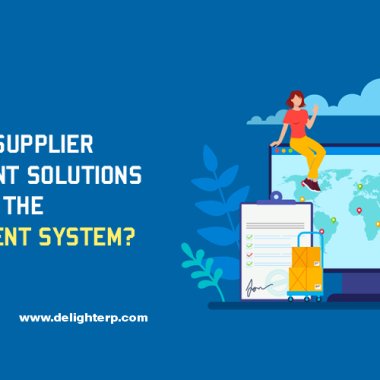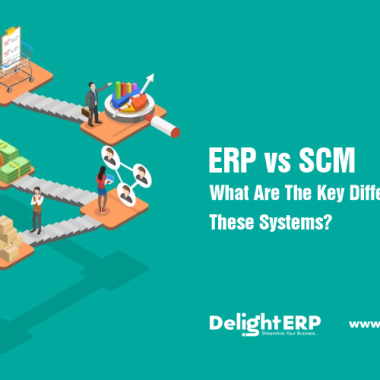Introduction
There are several key trends for supply chain management in 2021, which will shape the way organizations manage their supply chains and how customers interact with them. Recent advancements in artificial intelligence, automated systems, big data, and cybersecurity will improve the efficiency of organization’s ability to monitor and act upon goods as they move through their supply chains. Organizations will need to re-focus on maintaining a competitive edge in their focus areas while simultaneously implementing new capabilities to help minimize operational risk.
Learn about the key trends for supply chain management in 2021 as threats escalate and industries become more digitized. This white paper highlights how AI and cybersecurity collaboration can improve efficiency and cut costs while protecting the public’s private information. The supply chains discussed here are those affected by cyberattacks, incursions into networks to steal data or disrupt business operations.
What is Supply Chain Management?
Supply chain management (SCM) is the process of managing the flow of goods and supplies between multiple vendors through a single system. This process is essential for maintaining a stable economy and providing many benefits to society, including lowering prices and enhancing the quality of products. Typically, SCM involves coordinating the movement of goods from producers to consumers. Many retailers use supply chain management processes to optimize their efficiency in tracking, controlling, and managing the flow of goods throughout the supply chain.
Essentially, supply chain management involves the planning and coordination of an organization’s activities with regard to raw materials, manufacturing processes, distribution, and sales to customers. Any type of supply chain may include inventory, shipping, receiving, and storing. In the supply chain, physical items such as goods or materials are moved from point A to point B. In the transportation category, goods may be trucked, bussed, or flown across an organizational boundary.
Recommended For You: What Are The Basic Components Of Supply Chain Management System?
Trends for Supply Chain Management
AI and Machine Learning
The adoption of artificial intelligence and machine learning technologies has shown remarkable improvements in many areas, including overall performance and efficiency. This impact is already being felt in supply chain management. Today, AI and Machine Learning are providing the backbone for dynamic and efficient supply chain management.
Advancements in these technologies have resulted in autonomous systems becoming more nimble and adaptive, allowing companies to make data-driven decisions that are more responsive to operational changes and surges in demand. New algorithms have allowed complex decision-making processes to be simplified and automated. With these advances come challenges, however. As we develop more AI and ML capabilities within our systems, our ability to predict and knowledgeably manage risk will increase while costs will decrease.
Blockchain
Blockchain technology has been growing at a rapid pace since its inception nearly four years ago. It has since found its way into the supply chain management industry where it enables organizations to manage their digital assets in a more secure and efficient manner. The distributed ledger technology behind it enables members of the network to monitor their operations in real-time and receive payments from contributors based on their evaluation of a product or service.
This provides organizations with an effective and secure way to manage their inventory while at the same time creating incentives for fast and efficient innovation. Innovations in blockchain have decreased the ways in which companies maintain ownership of their assets, and have allowed the transfer of value from one party to another without the need for a middleman. In this supply chain management blog, we’ll explore what the blockchain has to offer to companies in the supply chain management industry.
IoT – Internet of Things
In the supply chain management (SCM) industry, the Internet of Things (IoT) can be applied to both physical items and digital assets. This emerging technology helps companies to monitor and manage physical assets, such as machinery, equipment, and packaging materials. It also helps to prevent material losses through theft or damage, and accelerate product return decisions. A good example of a company integrating IoT solutions into their product strategy is Honeywell, a provider of industrial technology solutions.
This includes software applications, hardware devices and services, and intangible assets such as digital IDs and databases. IoT solutions are designed to collect, analyze and feed information to decision-makers in real-time. This new way of monitoring and managing the entire supply chain makes the process faster, more accurate, and more efficient.
Gamification
Gamification has been a game-changer in the supply chain management space. When implemented correctly, it helps each business re-ignite growth and restore focus on their core services. It basically means tapping into consumer psychology to encourage an unplanned behavior, like spending or saving more. There are many examples; Facebook offers games such as Foursquare Quest and Quid Pro Quo which require users to answer questions in return for free rewards.
Delivering goods by drone marks the first use of gamification technology for this purpose. Gamification strengthens relationships between departments and also improves operational efficiency through a fun, geeky activity. Plus, it’s cheap. Gamification reduces human error and boosts employee engagement with less effort. Here are three reasons why gamification should be considered in your supply chain strategy.
Cloud Computing
Cloud computing is moving into the mainstream. In the next five years, its impact on big business will be limited only by how seriously it is taken. Cloud computing gives business organizations flexibility that conventional IT can’t match. More and more companies are turning to the cloud to save costs, speed up processes, and deliver products and services that live online, on-demand. This post explores cloud computing trends in supply chain management, suggesting where organizations are investing and what they are getting out of it. Implementing cloud systems in your business not only saves you money on traditional IT systems but also increases customer satisfaction because data stored in the cloud is accessible from any device, at any time.
Also Read: How Cloud ERP Software Solves Product Manufacturing Problems
Conclusion
The supply chain is undergoing a fundamental shift. The traditional business model is no longer sufficient. Innovation is required in order to stay relevant and bring down the cost of transporting goods from the point of production to the final consumer. This has led to several fundamental changes in the supply chain. Leading into 2021, these trends are expected to continue and have even wider-reaching effects on organizations across all industries. In 2021, we will see supply chain management shift from being reactive to being systematic.
Organizations will use data to make decisions faster and more effectively. Human error and wrong assumptions will be minimized by utilizing big data, big algorithms, and big data analytics. In the past, if an inventory management system (IMS) foisted a product on a customer without proper justification, the customer had no recourse. But with data revealed over time to be inaccurate, customers will have every right to sue when they receive goods that are later found to be defective.





